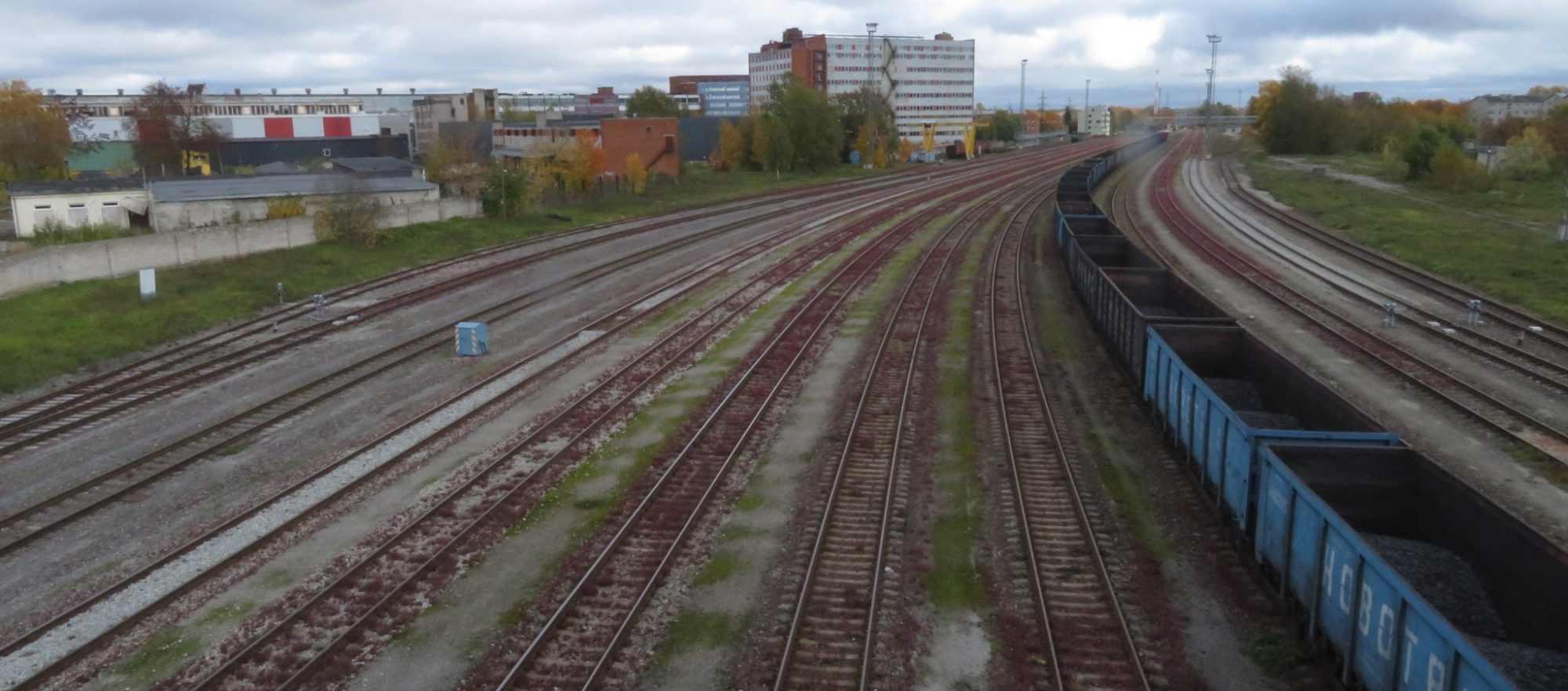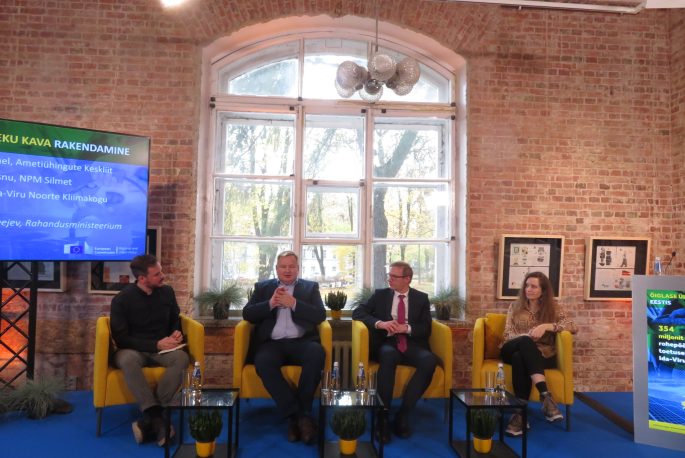
On 4 October 2022, the European Commission officially approved Estonia’s Territorial Just Transition Plan (TJTP) – in total, EUR 354 million will be invested in Ida-Virumaa, Estonia’s most carbon-intensive mining region, to execute a socially just green transition. The TJTP aims to create over 1,000 jobs and support the workers undergoing the transition, offering both financial support and carefully designed reskilling programmes. The plan consists of 11 measures, out of which the largest – support for large enterprises – has already open call for proposals.
Three environmentally harmful projects were removed from the final TJTP in the course of the negotiation process with the Commission: as a result, the final plan does not contain any oil shale projects. Notably, this does not mean that all environmentally dubious projects have been dismissed, because the final TJTP may stimulate further pressure on forest biomass with projects that do not pass the critical ‘do no significant harm’ test.
The approval of Estonia’s TJTP was accompanied by several politically challenging and contradictory events. On the one hand, Estonia’s oil shale industry has expanded its mining activities and recruited new workers to provide a new electricity service for households with a universally fixed price. On the other, the parliament recently agreed to raise the national renewable electricity target to 100 per cent by 2030, signifying that political will is set on phasing out oil shale sooner than previously considered feasible. Both Estonia’s authorities and the European Commission have repeatedly made it clear that ongoing war in Ukraine and energy crisis must not hamper the EU’s pursuit of a just transition; nevertheless, some critical questions remain about the region’s ambition for the transition.

Estonia’s TJTP approval ceremony in Narva, 10 October 2022. Photo: CEE Bankwatch Network
Ida-Virumaa: context and complexity
The narrative that paints Ida-Virumaa as the traditional ‘fuelling force’ of Estonia has taken a remarkable turn in recent years, despite the complex considerations around security of supply that have become particularly acute due to the war in Ukraine. Ida-Virumaa has historically been a borderland, geographically situated between Russia and Estonia, and its population is mostly Russian-speaking. Russian speakers remain segregated from mainstream Estonian society, a dynamic that resurfaces periodically in social and political events, from the pro-Kreml uprisings in 2007 to the government’s displacement of Soviet monuments in 2022. The latter caused outcry among the Russian-speaking population in Narva, the capital of Ida-Virumaa, and further stimulated their distrust in the government. The cultural divide has played an integral part in the marginalization of the region, and the extractivism comes on top of that. Therefore, for just transition to succeed in Ida-Virumaa, it will not be enough to tackle the oil shale phase out, but also to address complex social issue.
In the face of the current energy crisis, the oil shale industry has successfully recruited new people to the mining sector, on the premise that transition from the old economic model cannot happen until the new one is ‘ready’. The belief that just transition is happening too fast and too hastily is shared by many prominent stakeholders. The far-right wing has increasingly gained support for its anti-EU and anti-climate policy stance, advocating for the continued mining of domestic oil shale.
However, more progressive actors have managed to mainstream the climate emergency enough to push for necessary policy changes. The oil shale phase-out dates have been agreed upon as 2035 for electricity production and 2040 for overall energy production, and the government is taking steps to speed up the permitting processes for renewable energy production at the national level.
TJTP – quo vadis?
To achieve the national climate targets and comply with the Paris Agreement, the Ida-Virumaa region needs to be rethought and redesigned. The TJTP provides a solid starting point, but much more is needed to support the transition and boost the livelihoods of its residents. The premise for regional success is an ambitious regional decarbonisation vision that integrates the principles of a flourishing living environment into decision-making and supports community-led initiatives on top of the investments foreseen by the Just Transition Fund (JTF).
Several stakeholders in the TJTP drafting process have been vocal that just transition is about justice and it is about people. Although it is undoubtedly a priority to attract more external knowledge and expertise to the region, a support mechanism is equally needed to empower locals and keep Ida-Virumaa’s residents in Ida-Virumaa. In order to achieve this, additional loan guarantees and tax incentives, large-scale renovation programmes, targeted support schemes, and support for community energy projects must complement the JTF investments in the region.
Last but not least, just transition should be viewed as a broader concept than merely exiting oil shale. Building on the example of oil shale, the just transition principles should translate into the rapid decarbonisation of all sectors – both in Ida-Virumaa and beyond.
